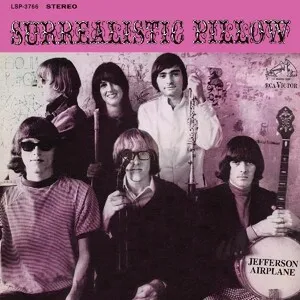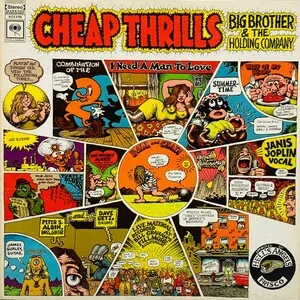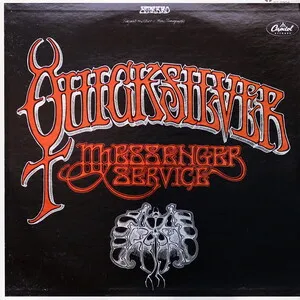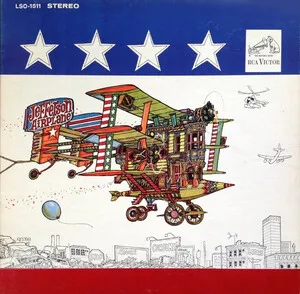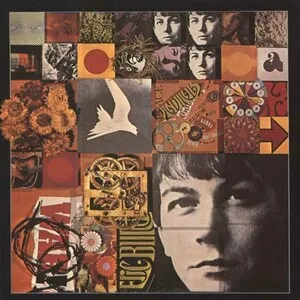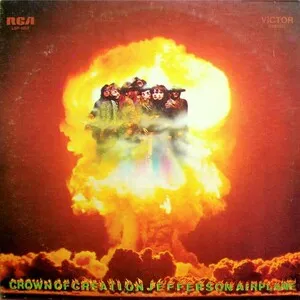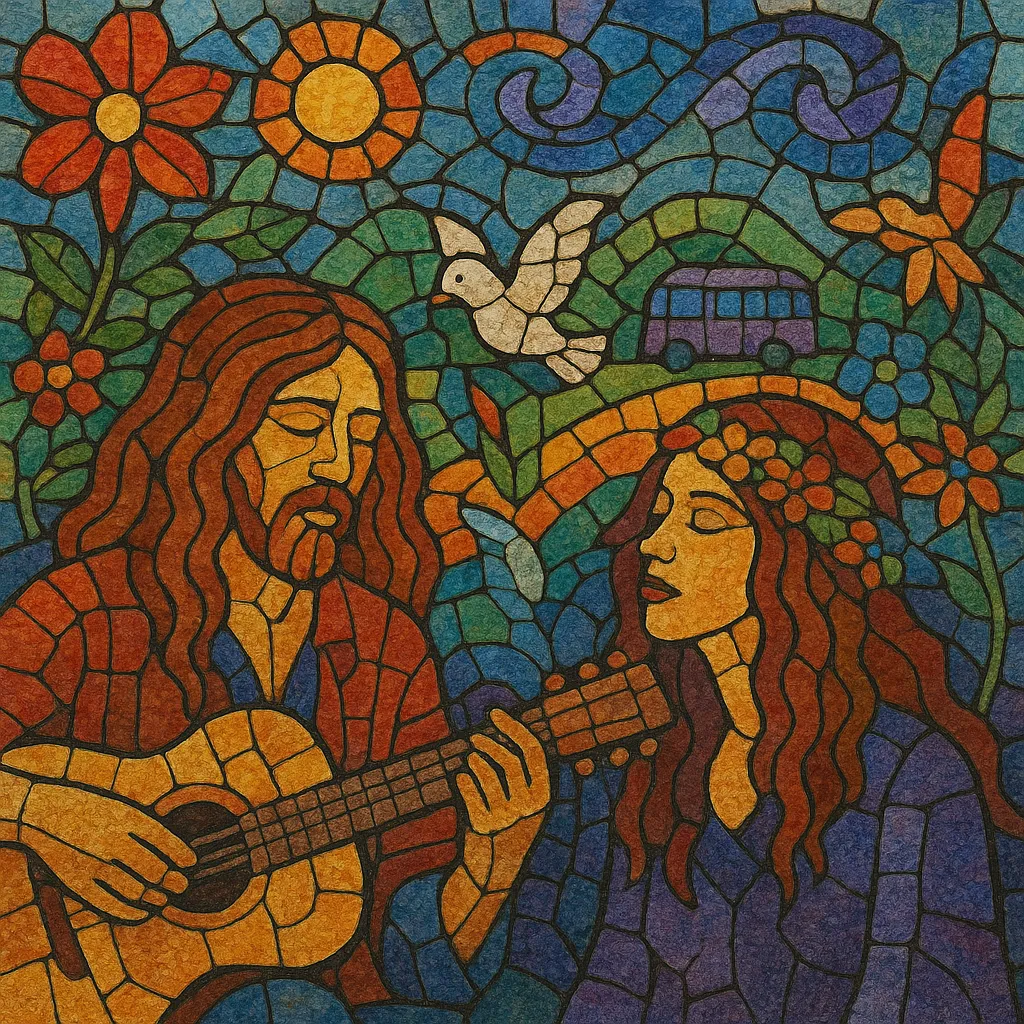
The Haight-Ashbury scene refers to the mid-to-late 1960s countercultural music community centered in the Haight-Ashbury neighborhood of San Francisco, California. Closely tied to the hippie movement, it fostered long-form, improvisational rock infused with folk, blues, raga, and experimental elements—what became known worldwide as the San Francisco sound.
Musically, bands emphasized communal performance, extended jams, modal harmony, and exploratory guitar tones shaped by fuzz, feedback, and reverb. Lyrically and culturally, the scene embraced psychedelic consciousness, anti-war politics, free love, and communal living, with landmark gatherings like the Human Be-In and the Summer of Love helping to broadcast the sound and ethos globally.
The Haight-Ashbury neighborhood became a magnet for artists, students, and bohemians drawn by cheap rents and a burgeoning counterculture. Musicians folded traditional folk and blues into amplified, exploratory rock, influenced by beat music, modal jazz, and Indian classical forms. Informal happenings and house concerts grew into larger events, and local ballrooms like the Fillmore (run by Bill Graham) and the Avalon (via Chet Helms) formed a live circuit for new bands.
In January 1967, the Human Be-In at Golden Gate Park symbolized the scene’s ideals—communal gathering, psychedelics (notably LSD), and anti-establishment activism. The Summer of Love later that year drew international attention and crowds to Haight-Ashbury, crystallizing the “San Francisco sound”: long, improvisatory sets; ringing, modal guitars; and collective, often politically aware songwriting. Bands such as the Grateful Dead, Jefferson Airplane, Big Brother and the Holding Company, Quicksilver Messenger Service, and Country Joe and the Fish became national names.
Posters by visionary artists, light shows, and multimedia happenings turned concerts into immersive experiences. Independent promoters and communal living spaces enabled rapid cross-pollination among musicians, while local FM radio amplified the scene’s musical innovations beyond singles-driven AM formats.
As media attention and commercial pressures mounted, the neighborhood struggled with overcrowding and exploitation. Even as some bands evolved or relocated, the scene’s musical DNA—psychedelic textures, modal harmony, extended improvisation, and a “live-first” ethos—permeated rock globally, seeding jam band culture, country rock, neo-psychedelia, and later stoner and desert rock movements.
Use a classic rock band setup—two electric guitars, electric bass, drums, and often organ or piano. Favor bright, sustained guitar timbres with tube overdrive, fuzz, spring reverb, tape echo, and controlled feedback. A second guitarist or keyboardist supports modal drones and counterlines.
Lean on modal frameworks (Mixolydian and Dorian are common) and static or slowly shifting harmonies that invite improvisation. Explore drones and pedal tones, occasionally incorporating raga-like motifs or sitar-like guitar phrasing. Vocal lines are melodic but free, supporting group harmonies.
Opt for mid-tempo, rolling grooves with a relaxed backbeat. Build songs around vamp-based sections and extended instrumental passages. Jam structures (intro–verse–jam–theme return) are typical; allow dynamic swells, call-and-response solos, and gradual textural evolution.
Write lyrics that reflect countercultural ideals—peace, community, free expression, spiritual exploration—as well as vivid, psychedelic imagery. Balance idealism with social commentary on war, civil rights, and personal freedom.
Emphasize live interplay: leave space for each player, cue transitions non-verbally, and use dynamics to shape long arcs. Integrate light, visuals, and communal ambience when possible. Capture recordings with roomy drum miking, natural amp bleed, plate/spring reverbs, and subtle tape saturation to echo period aesthetics.

